You’ve measured, mixed, and peeked through the oven door - only to find a sad, sunken mess. WHY?! Let’s fix it.
Don’t worry, you’re not alone. If you had a recipe designed to avoid these problems, you wouldn’t be reading this.
The thing is, and I know you’ve heard this before, baking is a science. It doesn’t have to be complex A-Level science, but it does serve you to know a teensy bit about what’s going on when you make a cake. It’ll stop you from having a full on existential melt-down as you ponder why you can’t even bake a simple cake. I promise.
The thing that makes a cake rise is lots of tiny little bubbles. You get the bubbles in there with a chemical raising agent like baking powder, baking soda or by whisking up egg whites. Most recipes will use a chemical raising agent because it’s a lot more predictable and a lot less hard work than whisking egg whites for 3 years.
So what do you think happens if anything affects the little bubbles that meant to be focused on lifting up the other ingredients? That’s right, sinking cake syndrome.

Sunken Cake Syndrome, Source: Party Animal Online
Unfortunately, there are quite a few factors that affect these bubbles, so you do need to take care when baking, in a way you just don’t need to with most conventional recipes. The good news is that if you think you’re hopeless at baking, you’re most definitely NOT, you just need to know what’s going wrong...
Sunken Cake Troubleshooting
Oven Temperature
Oven temp off? Get an oven thermometer - most home ovens lie.
I’d be willing to bet a few quid that most baking disasters stem from oven temperature or a dodgy heating element. The correct heat will raise your cake batter up in the first two thirds of baking, before ‘setting’ and becoming stable enough to take out of the oven. The problem is that almost all home ovens aren’t very accurate and their internal temperatures can be out by a catastrophic number of degrees.
If you think this is your issue, do yourself a huge favour and buy an oven thermometer and adjust the oven dials accordingly until they match the temperature in the recipe.

Cake Tins
Wrong tin size? Stick to what’s in the recipe, or scale properly.
Your cake tin is sabotaging you. Too big? You’ll get a biscuit. Too small? Say hello to a dense brick. Size matters. So if the recipe says use a 20cm round cake tin and you only have a 26cm rectangle tin it’ll do, won’t it? WRONG!
The volume of cake batter in a tin has a huge impact on how it rises. Spread it too thinly and it’ll overcook in the time and turn out more like a biscuit. Pile it into a tiny tin and the batter will struggle under its own weight, causing a dense brick. If you don’t have the right size of cake tin stated in the recipe, either buy the right one or think about scaling the recipe up or down to suit your tin. Our Hero Sponge Recipe Size Variations download takes the maths and guesswork out for you and is perfect for scaling sponge recipes.

Baking Powder
Baking powder old? If it’s from 1999, bin it.
I’ve talked about the tiny little bubbles that raise the cake batter up - the majority of them come from baking powder or bicarbonate of soda. A lot of recipes will need this powder to be sifted in with your flour, ensuring it gets mixed through evenly. If it isn’t? You’ll get little volcanic pockets of super charged bubble power and an uneven cake rise. (Not our Hero Sponge Recipe though - our recipe is FOOL-PROOF and you can skip sifting altogether).
This powder also loses effectiveness over time, so if you’re using that tub at the back of your cupboard from 1999, it’s time to buy a new one. One more thing: think of this as cake fairy dust and only use as much as the recipe states. Too much will cause your cake to over-rise and sink back down on itself when you pull it out of the oven.

Mixing
Overmixed? Stop when the flour is just combined - don’t beat it to death.
One of the most important things to take care with when making your cake batter is how you mix it. Butter and sugar? Beat them senseless. Flour? Handle it like a nervous kitten. Overmixing kills rise - stop when it’s just combined.
But flour needs a little bit of gentle encouragement or it tenses up. Once you’ve added the flour to your mix, you need to gently fold or mix it in and then stop as soon as it looks combined. If you keep mixing, it develops the gluten bonds in the flour which is great for a chewy loaf of bread, but terrible for a fluffy cake and the little bubbles trying to fluff the flour up.
Undermixing is also a bad thing, as lumps of flour will affect how evenly the whole thing rises. So basically, you’ve got to get it juuuust right.
Mind you, this is for MOST recipe. Again, our Hero Sponge Recipe is created to be FOOL-PROOF and forgiving. It won't tolerate vigorous over-mixing, but you can certainly get away with a few lumps, so it avoids the risk of being a dense sponge.

Lumpy Cake Batter Source: Flickr
Timing is Everything
If you think you can set the timer on your oven to whatever your recipe says and walk away, you are doomed to never make a good cake!
Dramatic, I know, but each cake and oven is slightly different so you’ve got to take it on a cake by cake basis. Even I have to give the cakes a bit less or longer in the ovens we’ve been using for years. As a guide, check on the cake 5 minutes before the recipe states (looking through the door, not opening it). If you can smell delicious cake and it looks nice and golden, you can THEN open the door and use a toothpick or skewer inserted in the middle to see if it’s ready.
The Skewer Test:
- If skewer comes out clean or with just a few crumbs clinging on, the sponge is ready to be pulled out.
- If it comes out with wet batter on the end, it needs another 5-10 minutes.
If you open the oven door too early, the centre won’t have set and you’ll get sinking cake syndrome.

Toothpick Cake Test, Source: The Hungry
Ingredients
Make sure your ingredients are all at the same temperature, or more specifically, room temperature. This will help them to combine easily with each other, but if they’re too cold then ingredients like butter will stay in chunks and ruin your rise.
Sifting flour is all in the name of even distribution throughout the mix and in my experience has little to do with ‘adding air into the mixture’ and more to do with slaying lumps.
If all else fails, use our Hero Sponge Recipe - it’s designed to be fool proof, even if your oven is plotting against you.
Reshmi xoxo




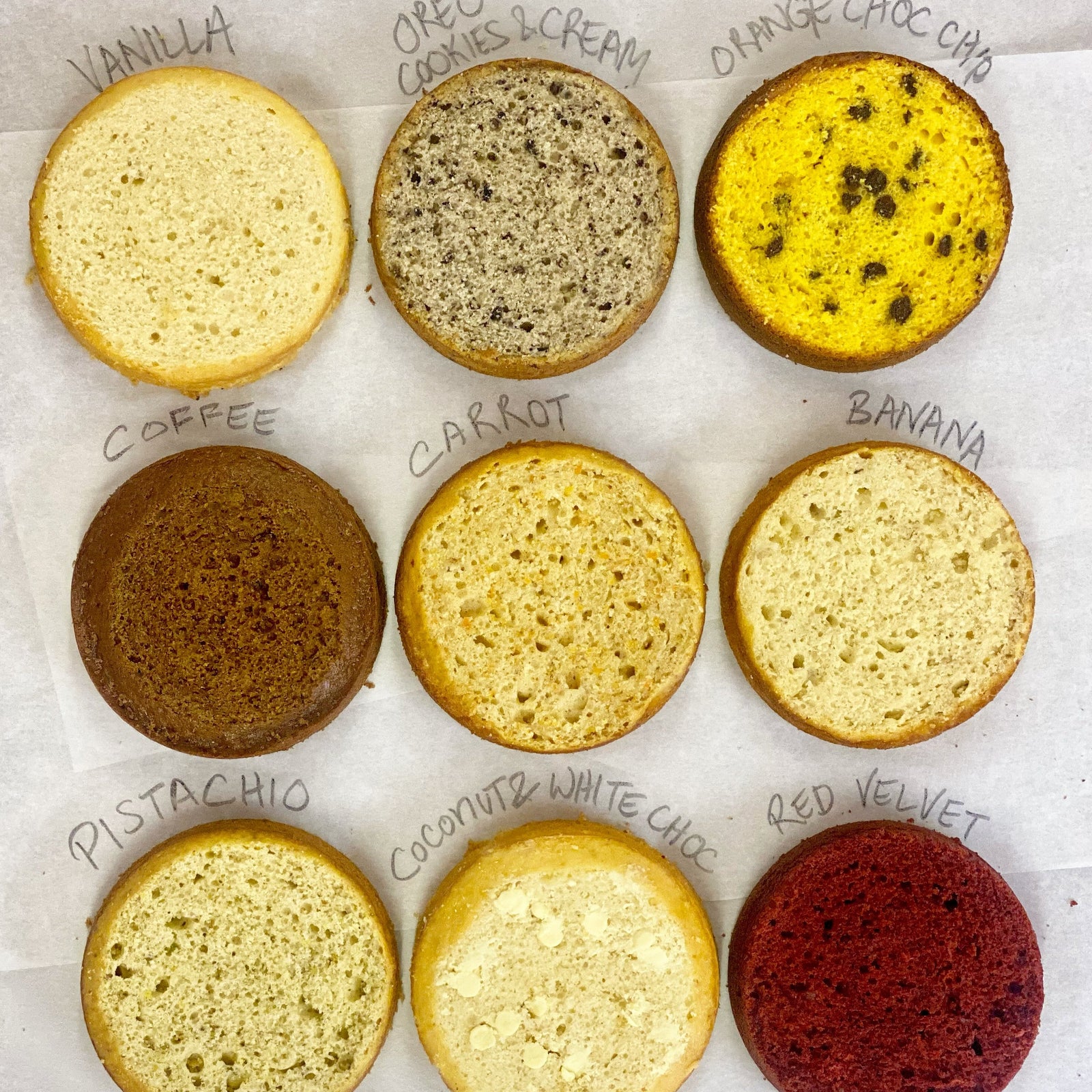
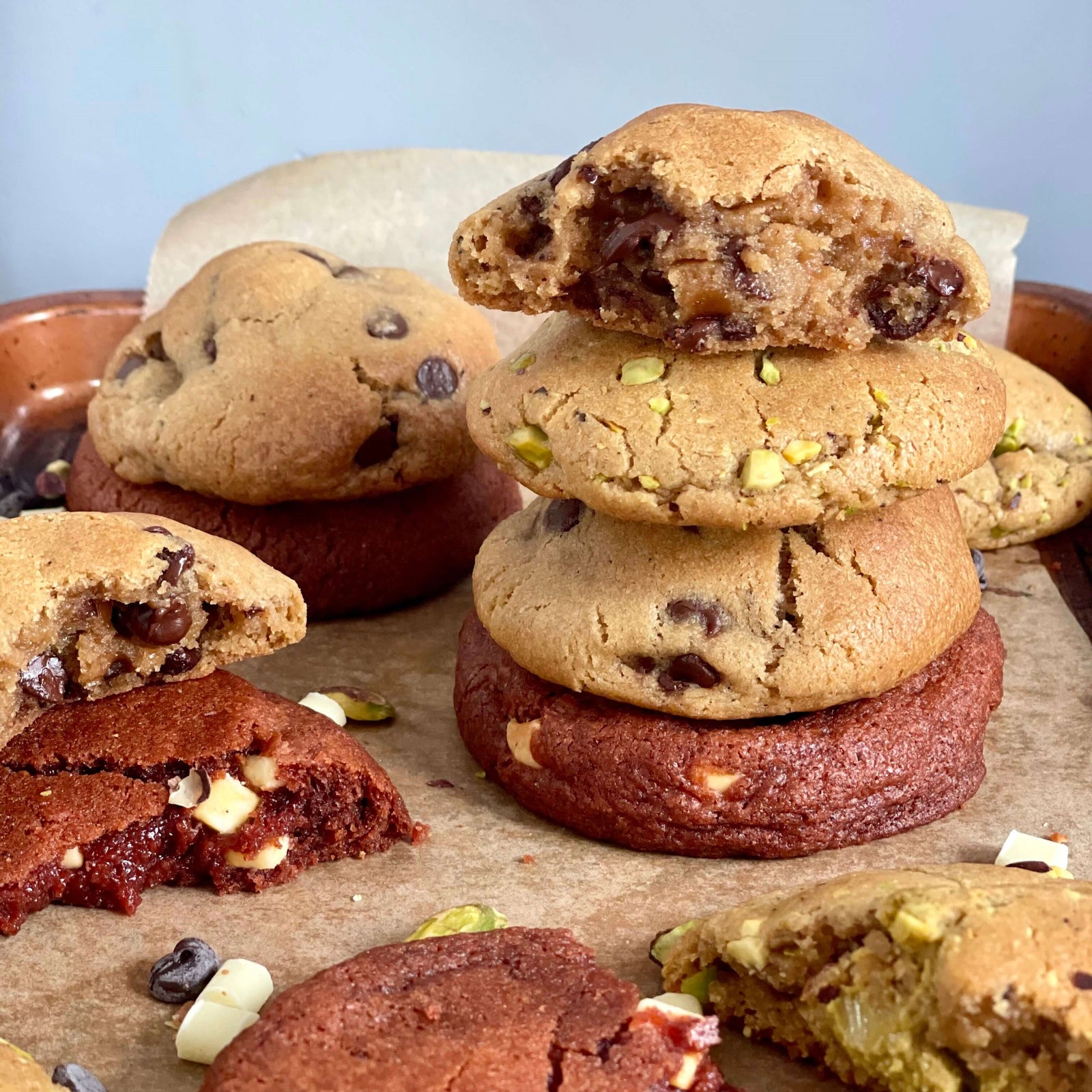
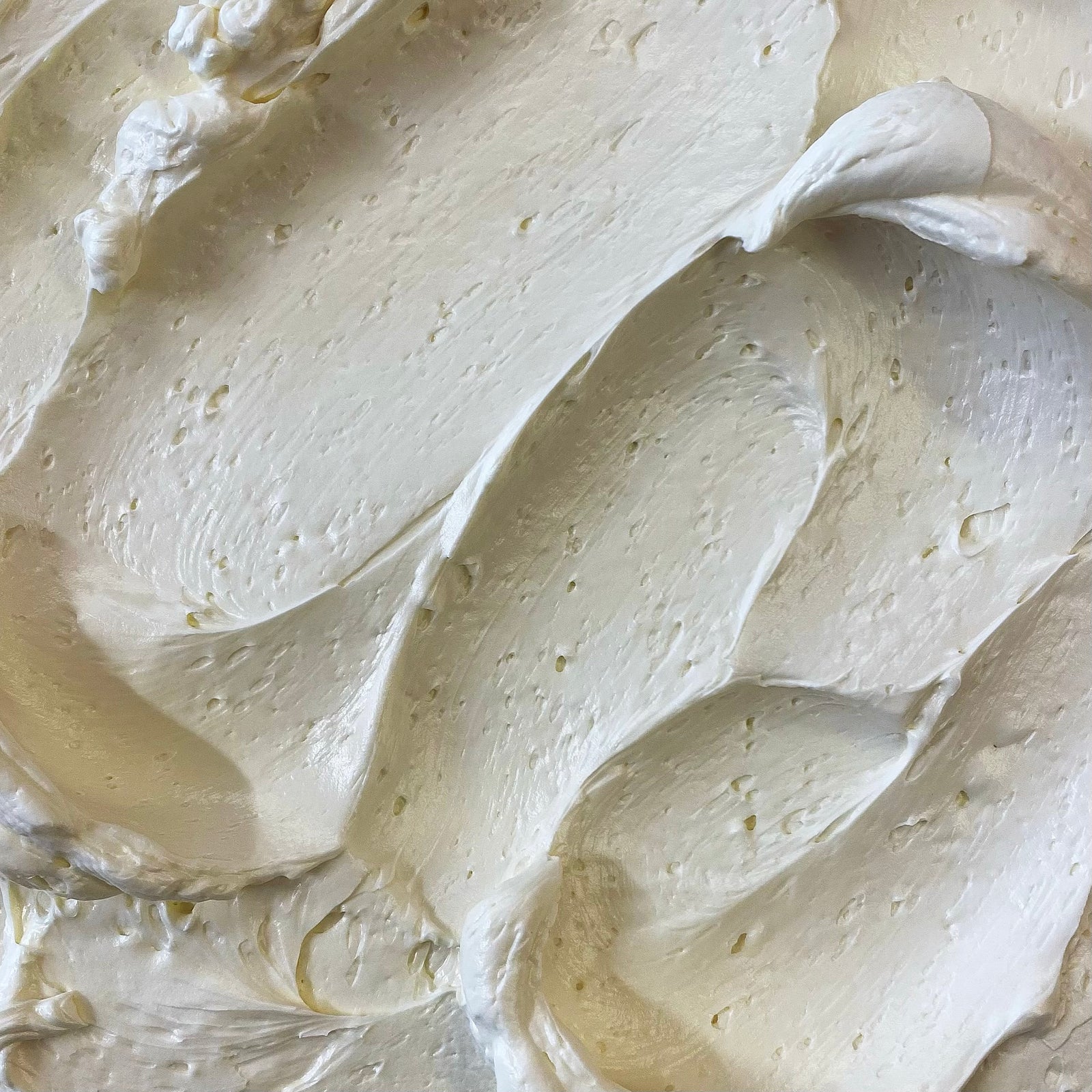

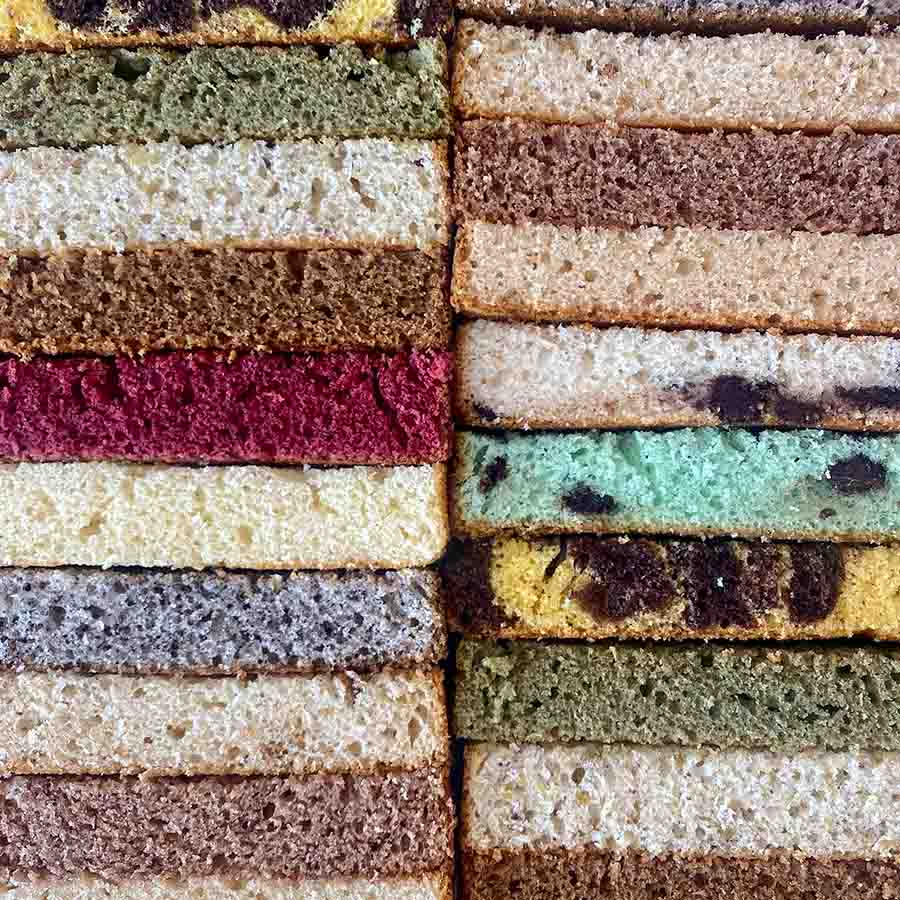
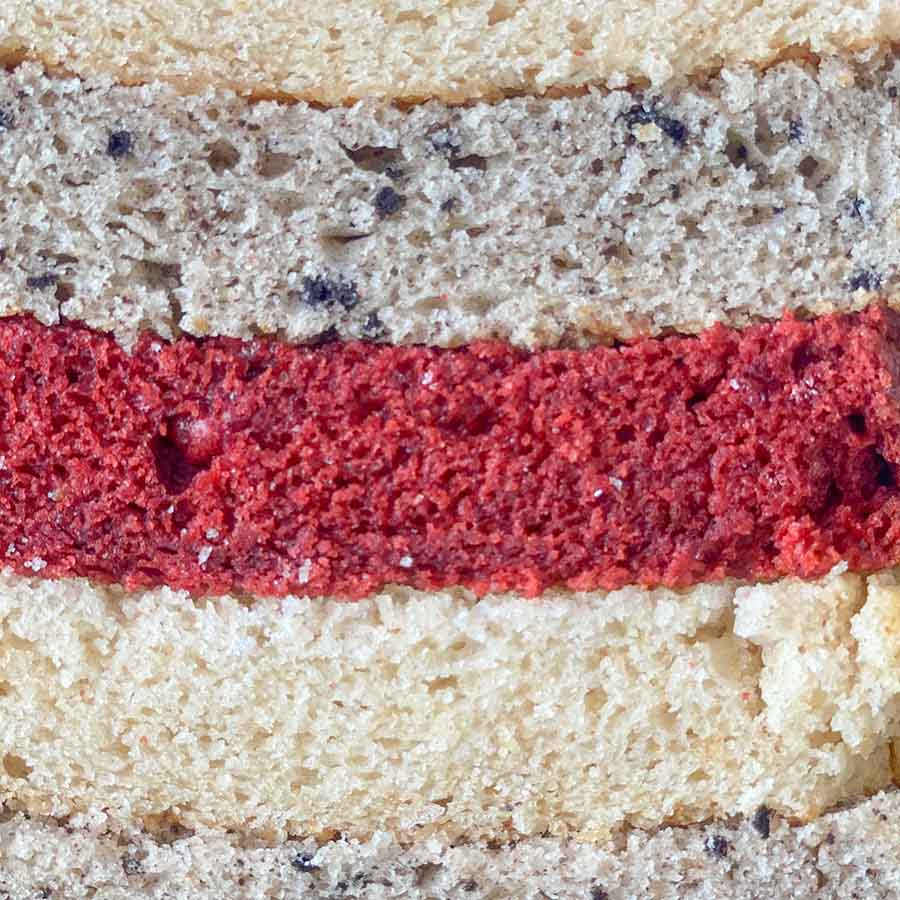
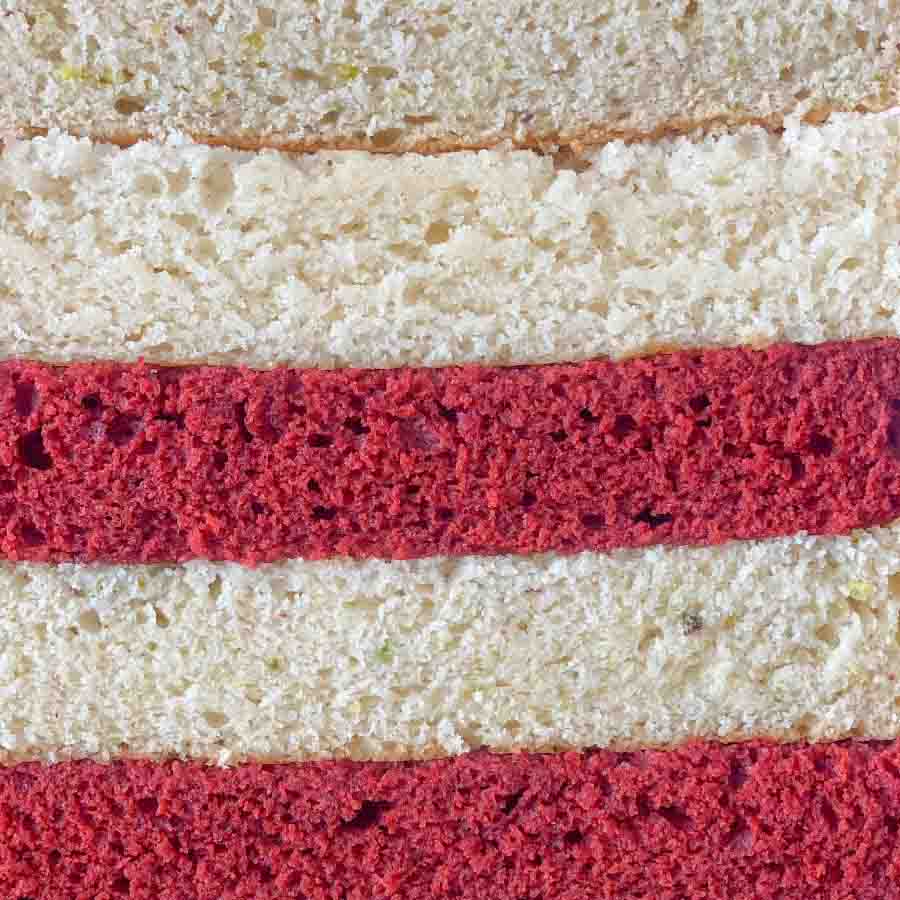
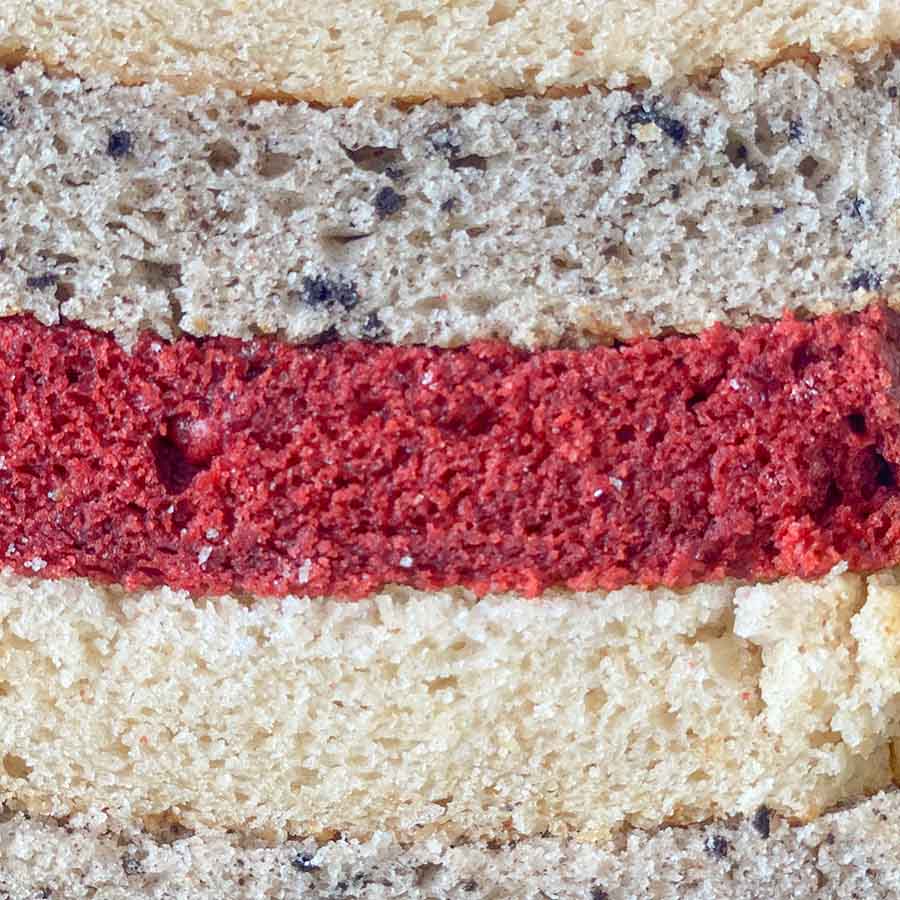

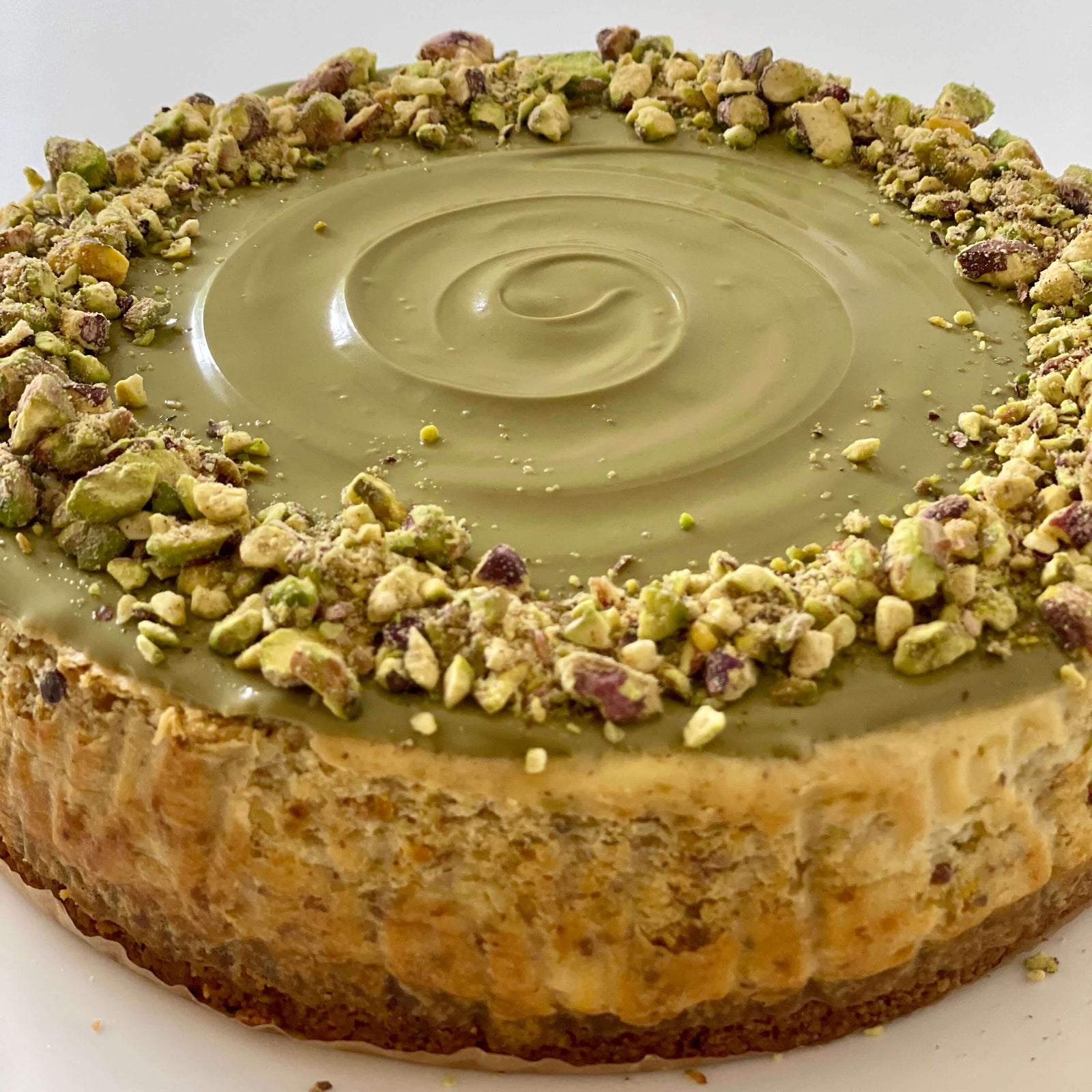
Jackie
May 24, 2021
I’ll make a Bundt cake I use a Duncan Hines cake mix with pudding eggs water and oil and it was always rising to the correct height.. Now only half of the cake rises could it be an over mixing and following the directions to blend for 30 seconds and beep for two minutes does anyone know? The cake is still good but it’s very small. Could it be the heating element in my oven?